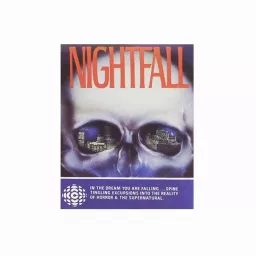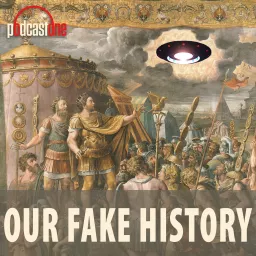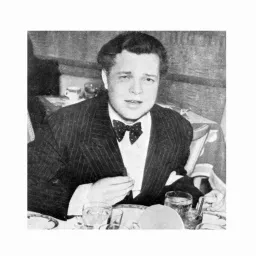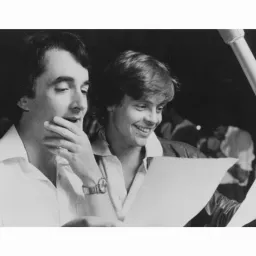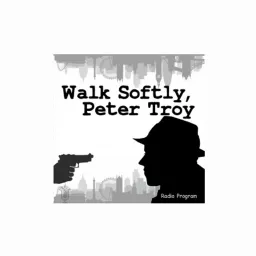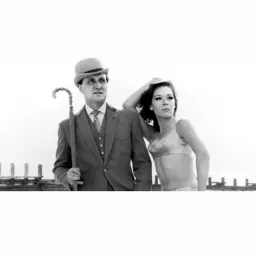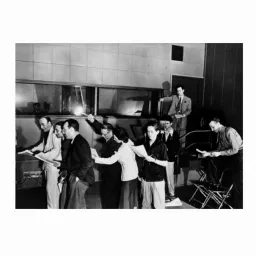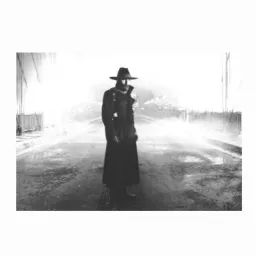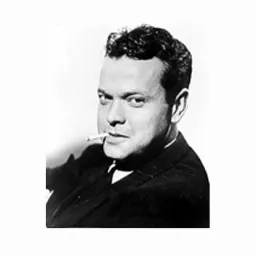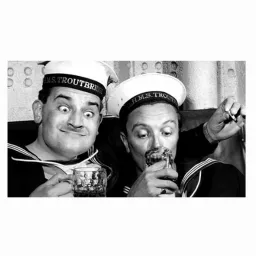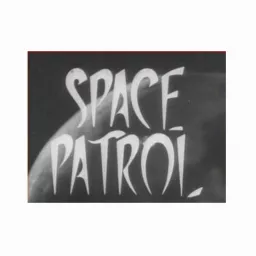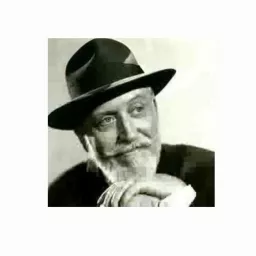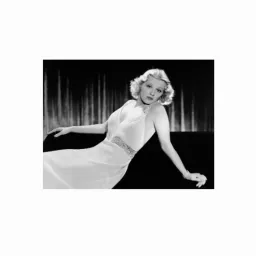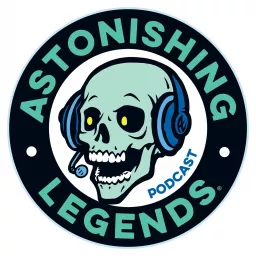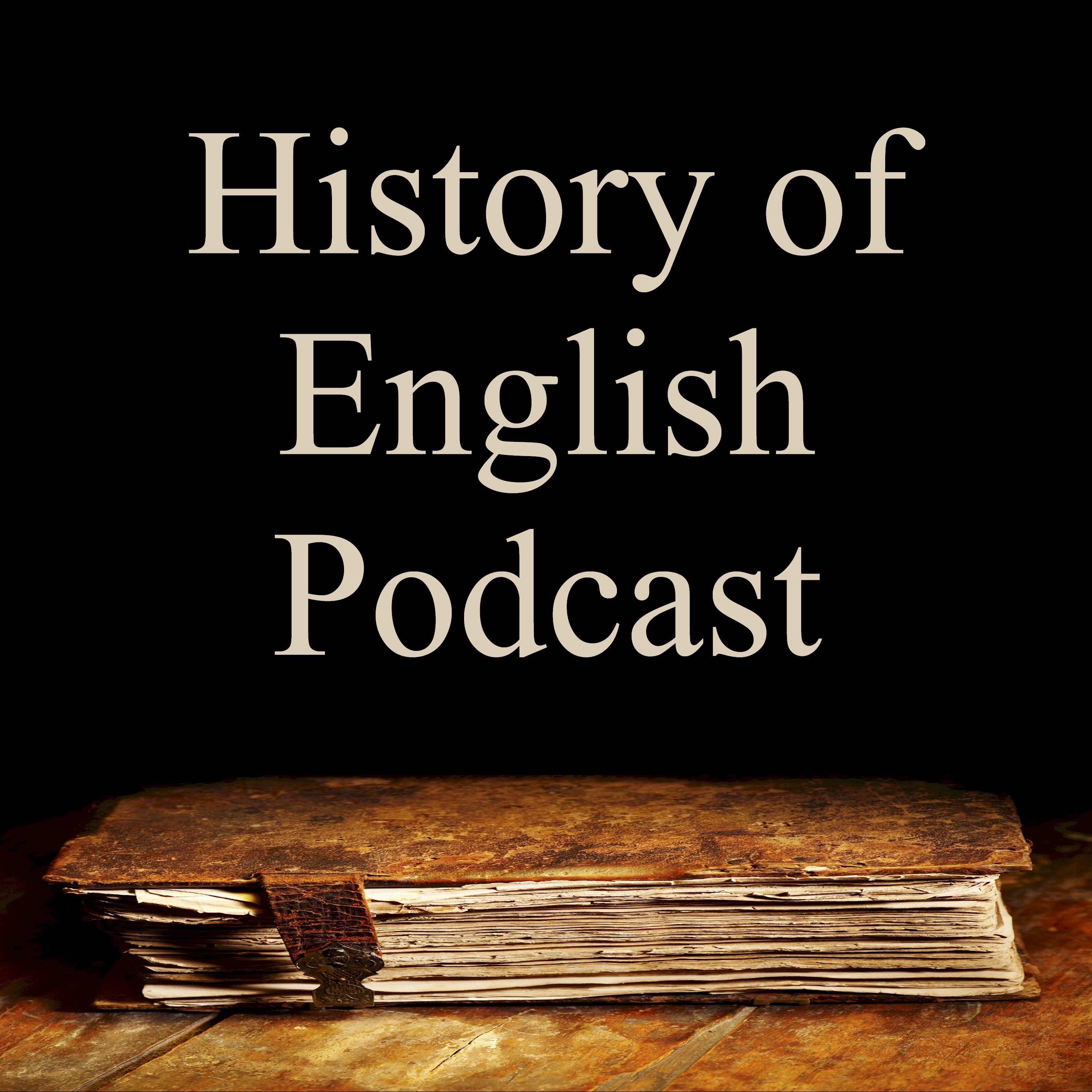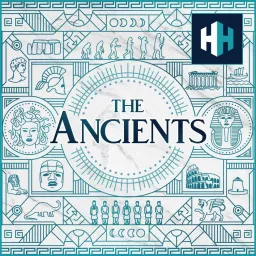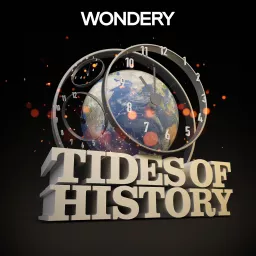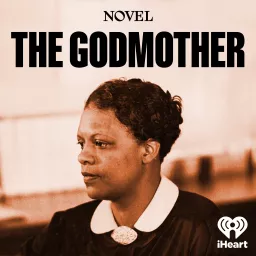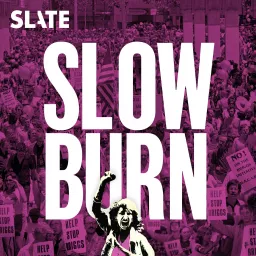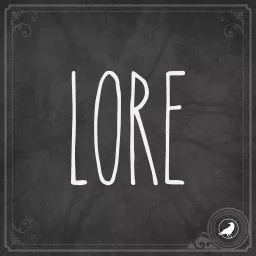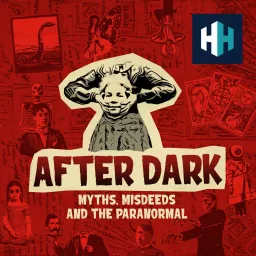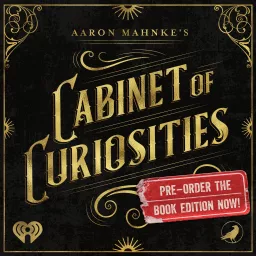War of the Worlds Original
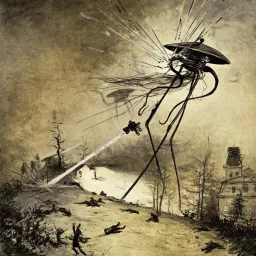
The plot is similar to other works of invasion literature from the same period, and has been variously interpreted as a commentary on the theory of evolution, imperialism, and Victorian era fears, superstitions and prejudices. Wells later noted that inspiration for the plot was the catastrophic effect of European colonisation on the Aboriginal Tasmanians. Some historians have argued that Wells wrote the book to encourage his readership to question the morality of imperialism.
At the time of publication, it was classified as a scientific romance, like Wells's earlier novel, The Time Machine.The War of the Worlds has been both popular (having never been out of print) and influential, spawning numerous feature films, radio dramas, a record album, comic book adaptations, television series, and sequels or parallel stories by other authors.
It was memorably dramatised in a 1938 radio programme, directed by and starring Orson Welles, that reportedly caused panic among listeners who did not know that the events were fictional.[6] The novel even influenced the work of scientists. Robert H. Goddard was inspired by the book, and helped develop both the liquid-fuelled rocket and multistage rocket, which resulted in the Apollo 11 Moon landing 71 years later.

